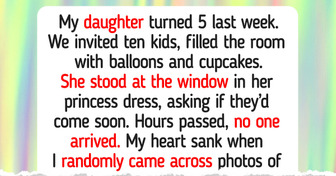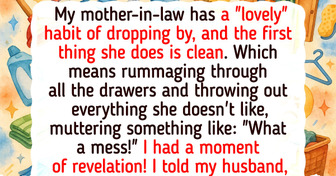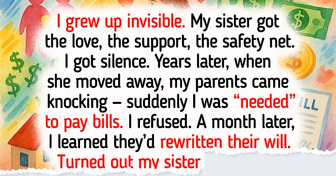A Stylist Shows the Fashion Mistakes Most Women Make With Their Looks

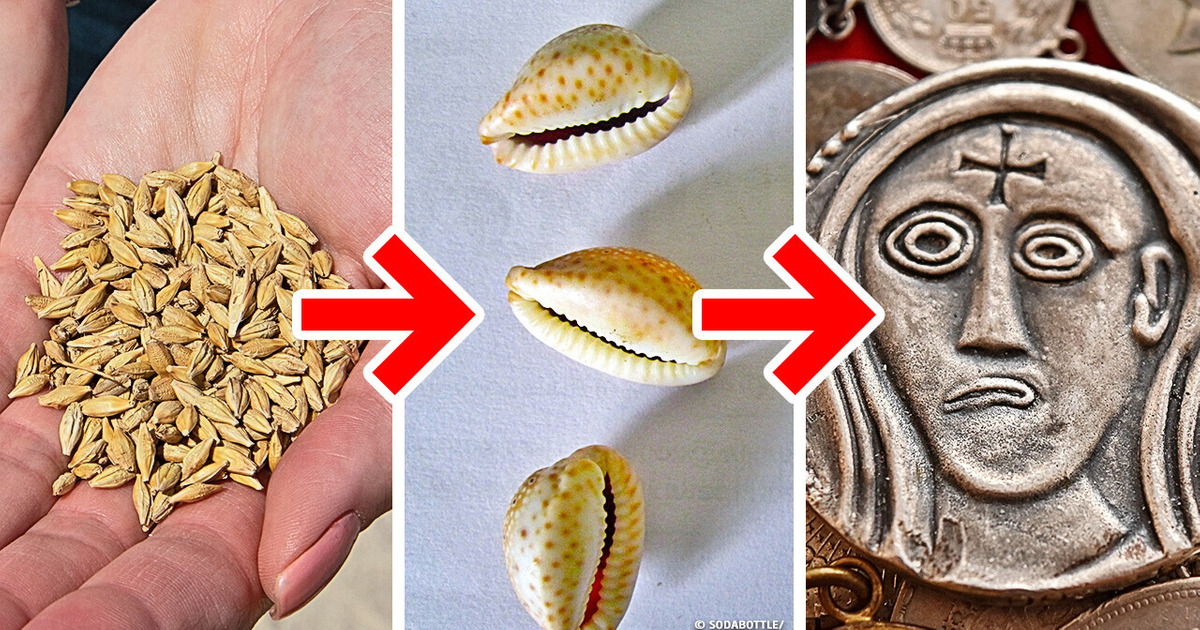
Ahh, money. Or should I say cash? Dough? Bankroll? Whichever word you choose to call it, we all know what you’re talking about.
We’re talking about Dinero, bills, bread, bucks, cash! That thing that makes the world go ’round. But where does the money come from? Who invented it? And was it always green? Let’s take a look at the history of money and see what we can find.
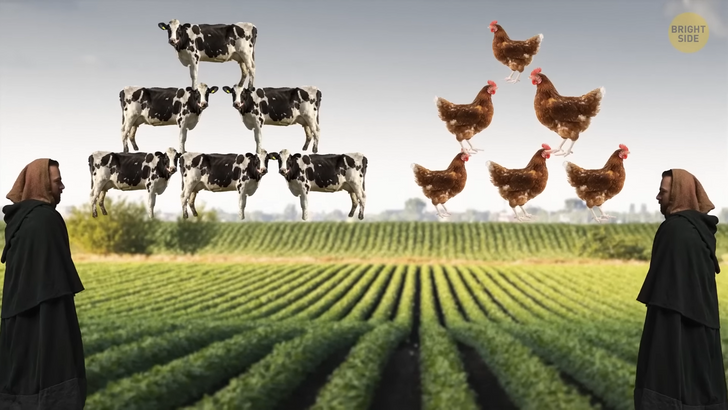
Before we begin, we need to establish something. Money is a currency we use to exchange value for goods or services in our modern-day society. For most of us, it’s a number written in our bank apps. But it wasn’t always like that, of course. Before we created money and gave it a standard value, we used to barter.
I’m talking about ancient civilizations, over 8,000 years ago. These people used to trade directly amongst themselves, using things they had in excess. Imagine you were a sheep farmer and your production of wool this season was more than enough for you and your entire family. So you’re left with a surplus of your product. But you didn’t grow any potatoes, and you need some for your daily soup.
Thankfully, your neighbor John did grow some potatoes, and he needs some wool to weave his winter clothes. You exchange goods or barter, and everyone’s happy. But let’s say the timing is off and John’s crop came early one year before your sheep were fluffy enough to give wool. Then what? If only there were some type of technology that could mediate this exchange...
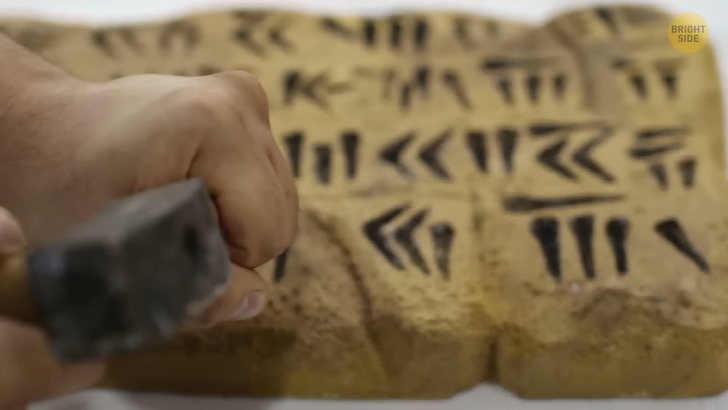
Ancient civilizations such as the Mesopotamians noticed that this kind of problem happened more often than not. So they started a type of bookkeeping that evolved to what we today know as accountancy. This way official authorities would keep records of who owed who and how much. At first, they recorded things such as wheat, wool, and livestock. Like on this lovely carved piece of rock that served as a receipt for an oxen exchange.
With time, Mesopotamians started recording all their debts in standardized units of account. And, believe it or not, the first standardized units of account were shekels of grain and cowrie shells. Bookkeeping allowed early civilizations to create a kind of system where someone could store value and cash in whenever they wanted to.
Footnote: we invented writing just so that we could keep track of these commercial exchanges. And just like that, money was born. But at that time, it still hadn’t reached the form of a coin. Rather, it was an accountant’s word on how much value someone had saved up, and what they could exchange it for. I mean, that’s probably not the most trustworthy of methods, so problem-solvers invented a physical way of keeping track of value: coins.
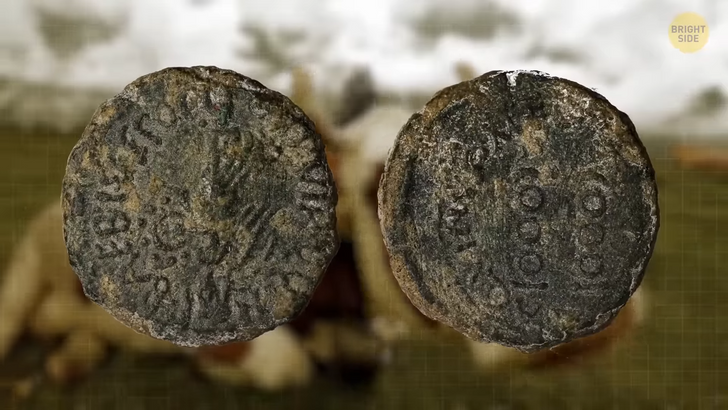
So, humans created a way to control their exchanges. You could buy a cow using your bag of coins. The value of how much you owed was related to the weight of the coin itself. This was the beginning of the coinage system. But later on, we started to assign different values to different coins.
So a gold coin was worth more than a silver or a copper coin. Neat, huh? By this time in history, around 400 BCE, cities were growing larger and larger and trade was done at an international level. But different countries assigned different values to each coin. Silver was not worth the same thing in Italy and Turkey, so new problems arose.
There needed to be a standardized exchange rate. For a few centuries, we made the coinage system work. But soon enough humans started to make counterfeit coins, mixing precious metals with other cheaper metals. That’s why some civilizations started transitioning to paper. Thanks to globalization, this trend spread across the globe.
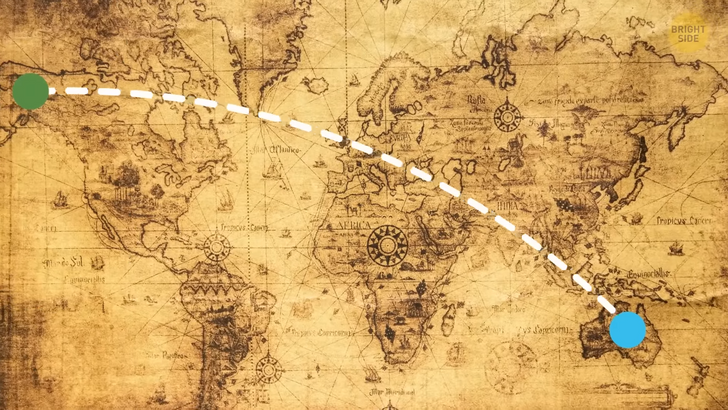
And by globalization, I mean trade. Trade was a way to get merchants from one side of the world — Europe — to the other side of it, which at that time was Asia. Traders and explorers like Marco Polo who kept coming and going, discovered that some Asian countries were using paper as an exchange currency. And they helped to introduce it in Europe.
By the 17th Century CE, the first European banks issued paper money, and the fashion caught on. You know the saying: money doesn’t grow on trees? That’s because someone needs to be in charge of how much money is going to circulate. So who decides that? And based on what?
That role was assigned to governments. They decided that individuals like you and I couldn’t print money from the comfort of our homes. So we needed a centralized system to do that for us. In the US, it’s the Federal Reserve System, nicknamed the FED.
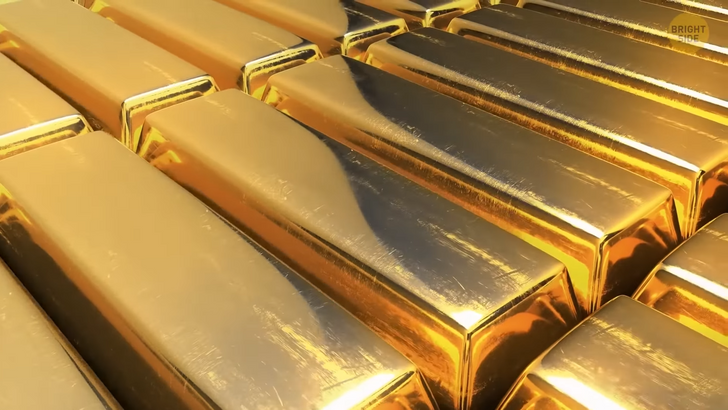
When it was first created, back in 1914 it used the so-called gold standard to know how much money it could print. The gold standard is still used by many countries in the world today. It’s a reference system. In the early days before centralized banks, the amount of wealth a person had was attached to how many cows they owned.
With time, this standard switched to gold. So the amount of money a country had, for example, was attached to the amount of gold they had in reserves. So why doesn’t the FED just print out a bunch of $100 bills and make everyone rich and happy? Because if they did that, the paper money would lose all its value.
This is a process known as inflation, where it takes more to buy less. Did you ever see pictures of people walking around with plastic bags full of money to buy their morning bread? This is what happens when inflation is out of control. The prices of things soar by the minute, and you need more money to buy the same things.
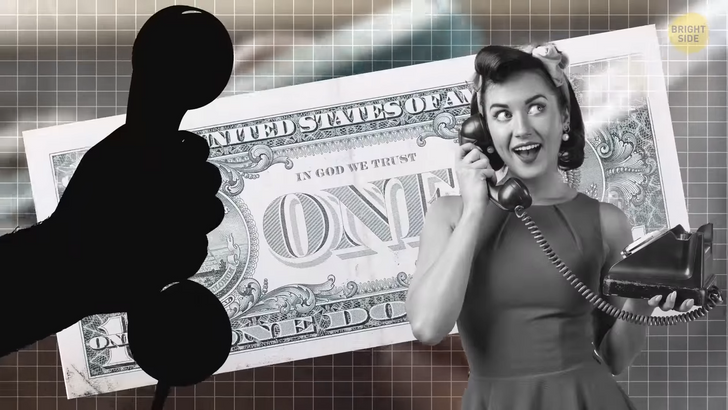
So paper money is pretty convenient in daily exchanges, to pay for a short cab ride or buy some sweets. But that’s not the case when the amount you need to pay is bigger. In the 1950s and 60s, technology helped us turn paper money into plastic. And so credit cards were invented by banks, allowing them to take a small part of the exchange for themselves.
Today, if you want to buy a shirt or other stuff, you can just do it online using your card number or even your phone. But it wasn’t like that when credit cards first started to be used. If you wanted to purchase anything, the cashier needed to call your bank and someone would manually check if you had enough funds.
But imagine having to manually check over 300 million transactions a year. Quite impossible, huh? Thankfully for us, advancement in technology accompanied the growth of the financial system. So they started to use IT to do the funds checking for us.
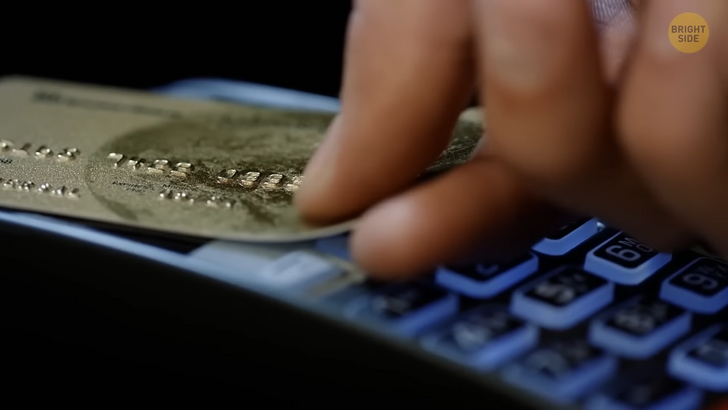
Today, they use the large mainframe computers to manage all card transactions. Their technology is so advanced that they are programmed to understand everyone’s personal consumer behavior. This way, they can block your card if they suspect a purchase wasn’t made by you. Neat! Thank you, computers!
All of the money circulating in the world is estimated to total around $400 trillion. This number grows to $1.3 quadrillion if we take into consideration investments and digital currencies, which some are calling the future of money. We’ve talked about how IT revolutionized the finance system. Well, today we have the so-called cryptocurrency, like Bitcoin.
Keep in mind that not all cryptocurrencies are Bitcoin. Bitcoin was just the first one to be created, back in 2009 by an anonymous computer programmer or group of programmers known as Satoshi Nakamoto. There are other cryptocurrencies such as Ethereum and Tether. But Bitcoin alone is reportedly moving around over $370 billion. So what is a cryptocurrency, and why is everyone talking about it?
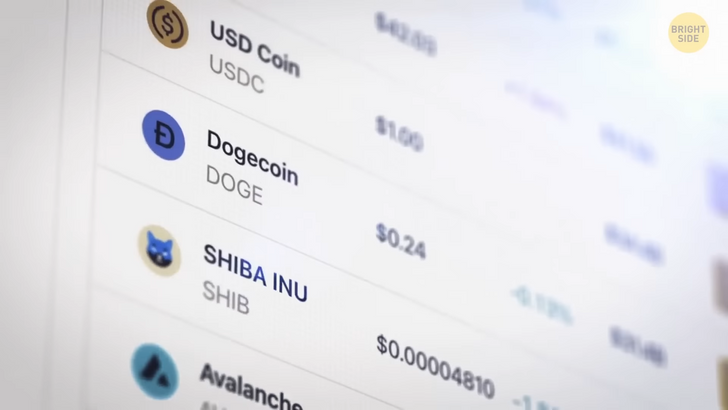
Crypto got popular with certain folks because it’s like a people-oriented currency. By that, I mean that it goes around traditional banking systems. Those who take care of it are those who use it. The values are not stored in a physical vault safe, but in computer-run clouds.
It’s also not issued by a central bank like dollars are, and there is nothing like a gold standard that underlies its value. They are created by a process called mining. It’s basically a bunch of computer software solving really difficult math problems. The first computer to solve the problem wins the race and creates a Bitcoin. But its value is a matter of trust between the users, rather than based on a standard, like gold.
If you think it sounds rather complicated, it is, and like any other innovations before, like the early coins and credit cards, it’s going to take time before it proves itself to be something acceptable to the majority of us. So whether you call it, Benjamins, cha-ching, dough, ducats, funds, gelt, greenbacks, lucre, moola, quid, sawbucks, shekels, or simoleons, Money, Money, Money (thank you, ABBA) does indeed make the world go ’round.








